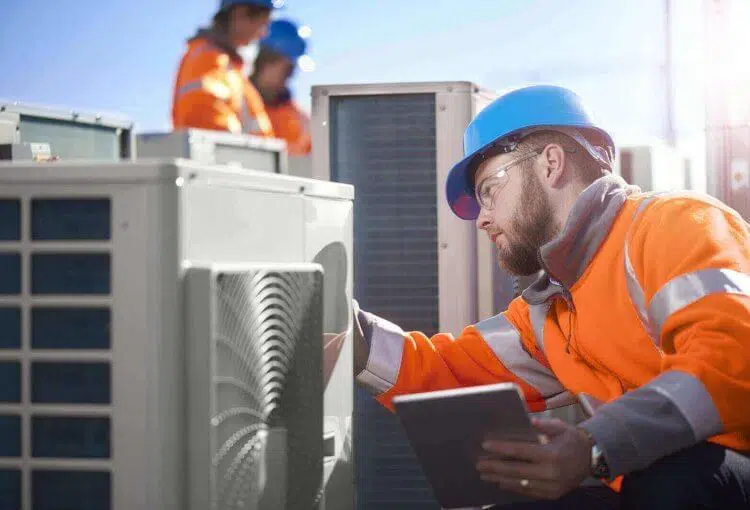Evaporative chilling accounts for a significant component of the air conditioning system market, accounting for around 20%. There are several ways for cooling your whole house. This means that in addition to the cooling system, you have ducting, vents, and other components that enable air to circulate throughout your house. Some may find them difficult to operate, while others may enjoy the simplicity of an air-cooled system’s operational needs. Both may be used to provide various outcomes for different regions of a property. Many people like their evaporative units, and there are several positive reviews available
Newport locals are acquainted with a provider that can install an energy-efficient cooling system in their houses.
The Air Cooling Technique
The evaporative cooler works on a fairly basic concept. Evaporative cooling is the process of extracting energy from the air in the form of heat. This energy is then utilized to convert water into gaseous water vapor. This technique not only lowers the temperature but also enables fresh air to move through the property, providing a cooling effect.
To cool the air, appropriate pads with water retention that let airflow through and a fan that drives air through the pads may be employed. It is critical to analyze how the system operates. They work well in low-humidity situations. If the humidity level is already high, evaporative cooling will have little effect on the temperature of the air. Evaporative air conditioning is ideally installed or the surrounding region.
Use with Confidence
They cannot drop the temperature as rapidly as a refrigerant-based unit. An evaporative cool air conditioning system does not utilize dangerous refrigerant gases that may affect the ozone layer or refrigeration systems with compressors that seem to be addicted to power consumption. They consume half the energy of refrigerant-based systems and emit half as much greenhouse emissions. While there are some energy-efficient refrigerant air conditioning systems, the majority are not.
How to Implement Evaporative Systems on Your Property?
Water is used in evaporative devices. This implies that water from your system is normally piped in and evaporates as part of the system’s routine operation. The water loss will be larger on hotter and drier days. This is a cost to the system’s owner. The water system should be examined to guarantee proper operation.
The fan will suck fresh air into the duct from outside. This system is often located on the roof. The coolant pads are utilized to force air through the system. The evaporative cooling pads are cooled by a reservoir in the system. Heat energy from the air is transmitted to the water as it flows through. This humidifies and cools the air. The air circulates throughout the home through the ductwork.
Air Flow Is Critical
The air must be able to move freely through the property. It is critical that wet air not collect in rooms. Air moisture may produce wetness on walls, ceilings, and doors. This could promote the growth of mould, swelling, and deterioration of wooden items.
Air must travel in and out of evaporative coolers. Windows must be sufficiently open to guarantee that the system operates at optimum efficiency. On certain days, you may control your airflow and enjoy the views from the bay with the evaporative cooler.

